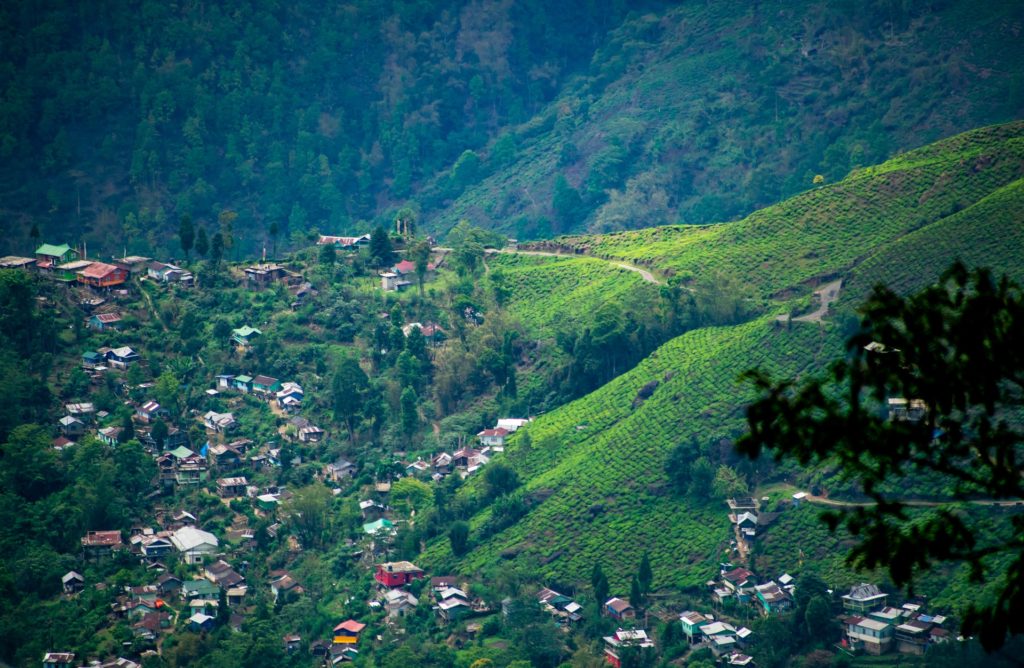One of the most well known, enjoyable and prized teas comes from the Northeastern Himalayan mountainous region of Darjeeling in the state of West Bengal in India. This picturesque region of the Himalayas veils the 87 fabled tea plantations that produce the finest teas in the world today. Darjeeling tea cannot be grown or manufactured anywhere else in the world, it is one of a kind. This black tea is often light to medium-bodied with floral and fruit notes as well as a touch of briskness. When brewed, you will find it becomes a light golden to a rich amber color. It is said that the soil in this region gives the tea its distinct ‘muscatel’ flavor thereby earning the name of ‘Champagne of Tea’.

The cultivation of tea in Darjeeling can be traced back to the 1800s where the temperate weather and favorable soil conditions attracted many Britishers to experiment with tea cultivation. The British were looking to create their own source of tea so that they would not have to depend on China for tea imports. With the help of some smuggled tea seeds from China, Dr. A. Campbell began experimenting with the tea plants. The meticulous hand-plucking of the two leaves and a bud of the small leaf Chineses variety of tea and the labour intensive and complex art of processing the tea that began in the late 1800s gave Darjeeling tea a distinctive flavor. These practices of processing tea is still being used today and has given Darjeeling tea a name that stands in high regard.
The Tea Board of India has control of growing and exporting Darjeeling tea and is also engaged in protecting and preserving the Darjeeling teas as a Geographical Indication on a worldwide basis. Currently 87 tea gardens sprawled over 17,500 hectares of lush green tea gardens situated at elevations between 600 meters to 2000 meters above sea level on the Himalayas get to grow and produce Darjeeling Tea®. Alternating heavy downpours and sunshine with a mix of mist and fog and rich soil are ideal for the growth tender tea leaves helping the Darjeeling area produce 10 million kilograms of tea annually. The tea is grown in four distinct seasons or flushes. Depending on the commencement of spring rain the first flush is harvested between February and April which produces some very fine teas that have gentle, very light color, aroma, and mild astringency.

The most sought after flush is the second flush which is harvested April to June (again depending on the rain)because it produces an amber, full bodied, muscatel-flavored cup. The third or monsoon flush comes next, with the harvest period between June to September. The fourth flush is the autumnal flush which is harvested between September and November which produces fuller body and darker color teas. In very rare instances you can harvest for the fifth flush or the winter flush during the periods of December and January but this is sternly discouraged by the Tea Board of India as the tea produced is significantly inferior but furthermore the tea bushes need rest before the next harvest year begins.
So the next time you are in the market to buy the “Champagne of Tea” be sure to look for the ® sign to truly enjoy a perfect cup of Darjeeling tea!
